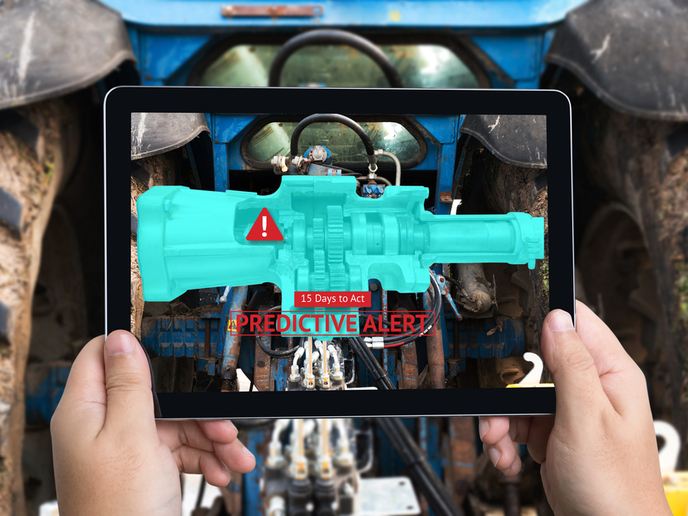Moving towards an empathic world – New technology is recognising affective states
Today, many smart products and services do not have empathy to understand humans and automatically adapt to the needs and preferences of users without explicit user interaction and feedback. The TAWNY project takes things a step further and introduce emotional intelligence found in human interactions to these smart products and services. Project coordinator Regina Burgmayr explains: “TAWNY’s goal is the development of an Emotion AI that allows the world’s machines and digital products to be empathic – i.e. to seamlessly and dynamically adapt to a user’s needs and preferences at the very moment.” A closer look at the Emotion AI technology In contrast to existing approaches in this area, the project’s technology is not limited to basic emotions such as being happy or sad. Instead, it “aims to develop an Emotion AI that has a holistic understanding of what a human is, allowing it to adapt in order to recognise specific affective states like being in a state called flow – the state of optimal experience,” outlines Burgmayr. The technology will be able to detect these specific states by measuring (inter alia) physiological signals, like heart rate and skin resistance, with wrist-worn devices and the help of machine learning. It will be offered as an AI-as-a-Service platform whereby other developers can easily integrate emotional intelligence into their products without having to deal with low-level physiological data directly. Technical and economic feasibility The technical feasibility study showed that using TAWNY’s Emotion AI, it is possible to automatically measure flow using physiological signals from wrist-worn devices. The project was able to prove this by calibrating and fine-tuning their Emotion AI technology towards flow detection. Burgmayr adds that “the project’s study setup was based on participants playing a computer game and included different states such as boredom, flow and stress.” Using the project’s Emotion AI technology, it was possible to create the first-of-its-kind machine learning model that can distinguish between the three states more accurately than a baseline approach. To understand the economic viability of their technology and to refine their business plan, the project conducted a market research study. “An online survey was carried out involving 15 decision-makers from different European companies from various industry sectors,” notes Burgmayr. The market research showed that the general idea is economically viable and its approach to the market makes sense. Moving forward with TAWNY Based on the promising results of the feasibility study and several other success stories in the last year, the project plans to progress their Emotion AI system to the next steps. Burgmayr elaborates: “The project has secured a seed investment round at the end of last year and now is even more eagerly working on becoming Europe’s leading Emotion AI company.” Based on their positive experience, project partners plan to apply for an SME Instrument Phase 2 grant. “Although the flow recognition technology developed in the feasibility study is a very important milestone for us,” Burgmayr adds, “we also have several other variants of our technology which might be even more suitable for other different scenarios.” The project hopes to also work with other data sources like audio and video.







